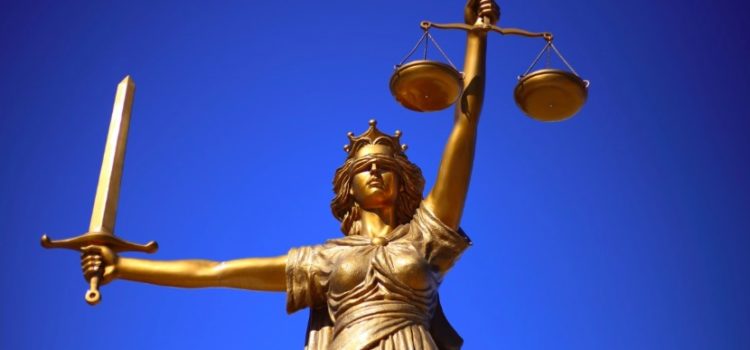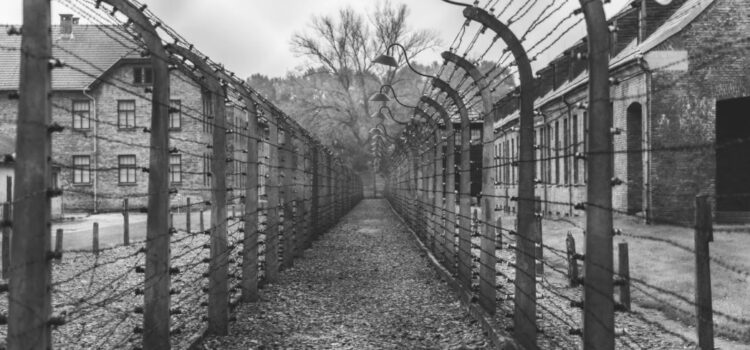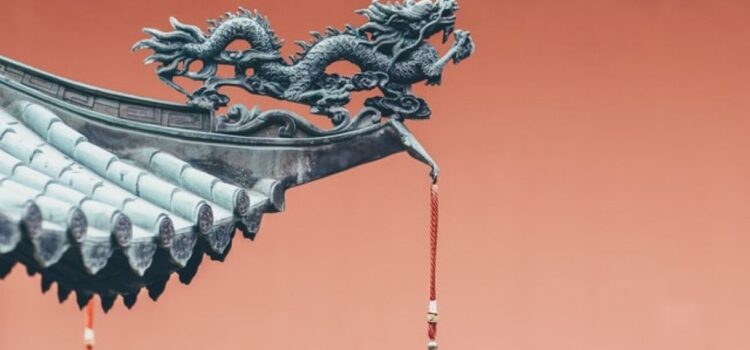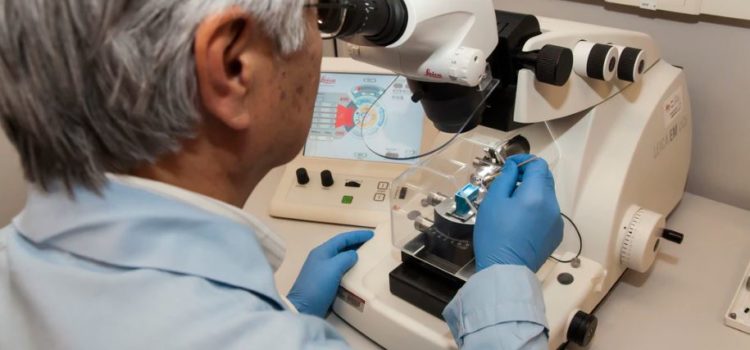What are the dangers of artificial intelligence? Could AI develop a will of its own, as seen in science fiction movies? The true dangers of artificial intelligence are quite different from what we see in movies, where robots come to develop free will and start running amok killing people. Robots themselves are as benign or as dangerous as the people who program them—and, in the hands of violent or power-hungry people, AI could bring devastation to humans. Keep reading to learn about the dangers of artificial intelligence.
The True Dangers of Artificial Intelligence










